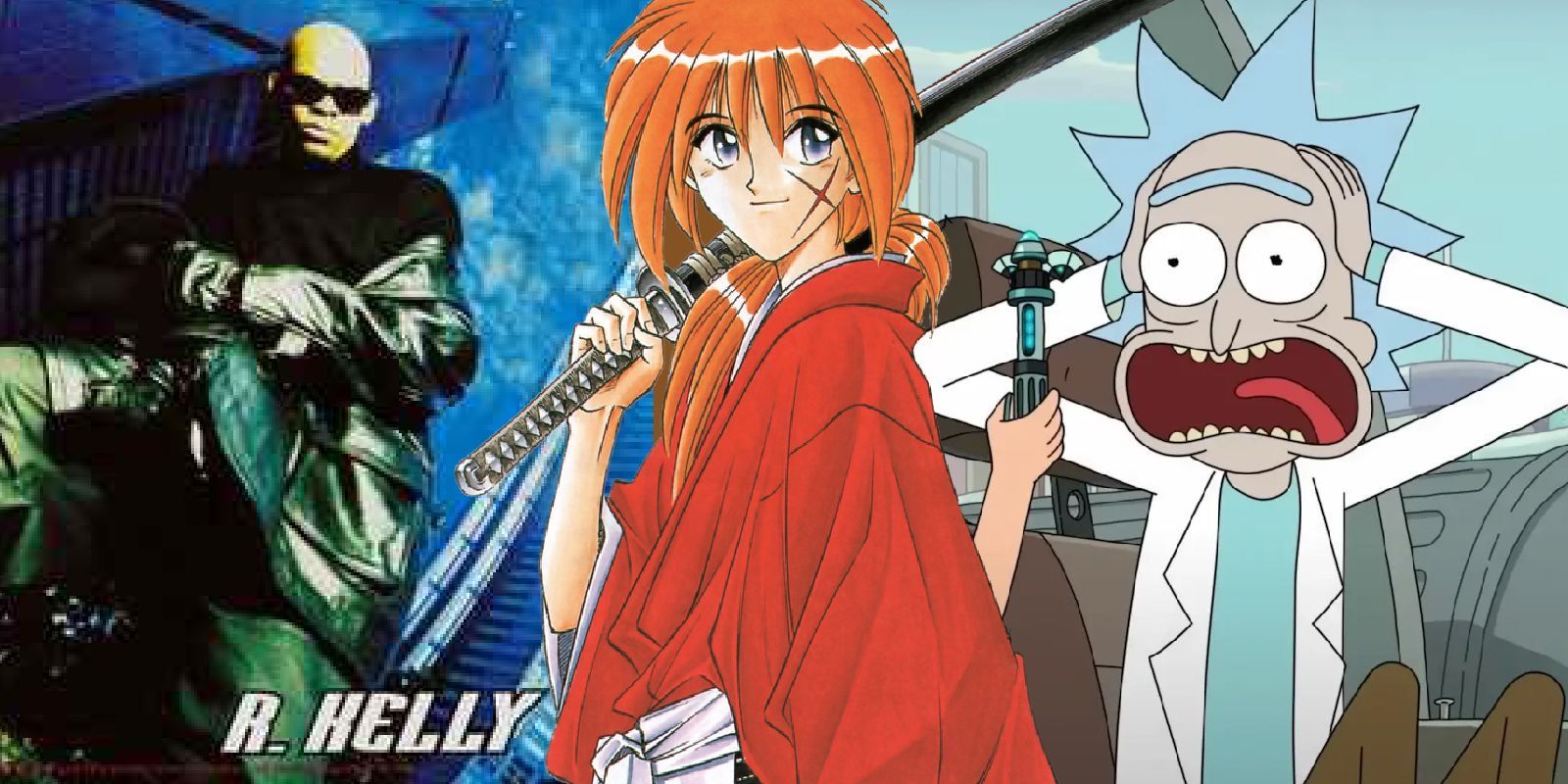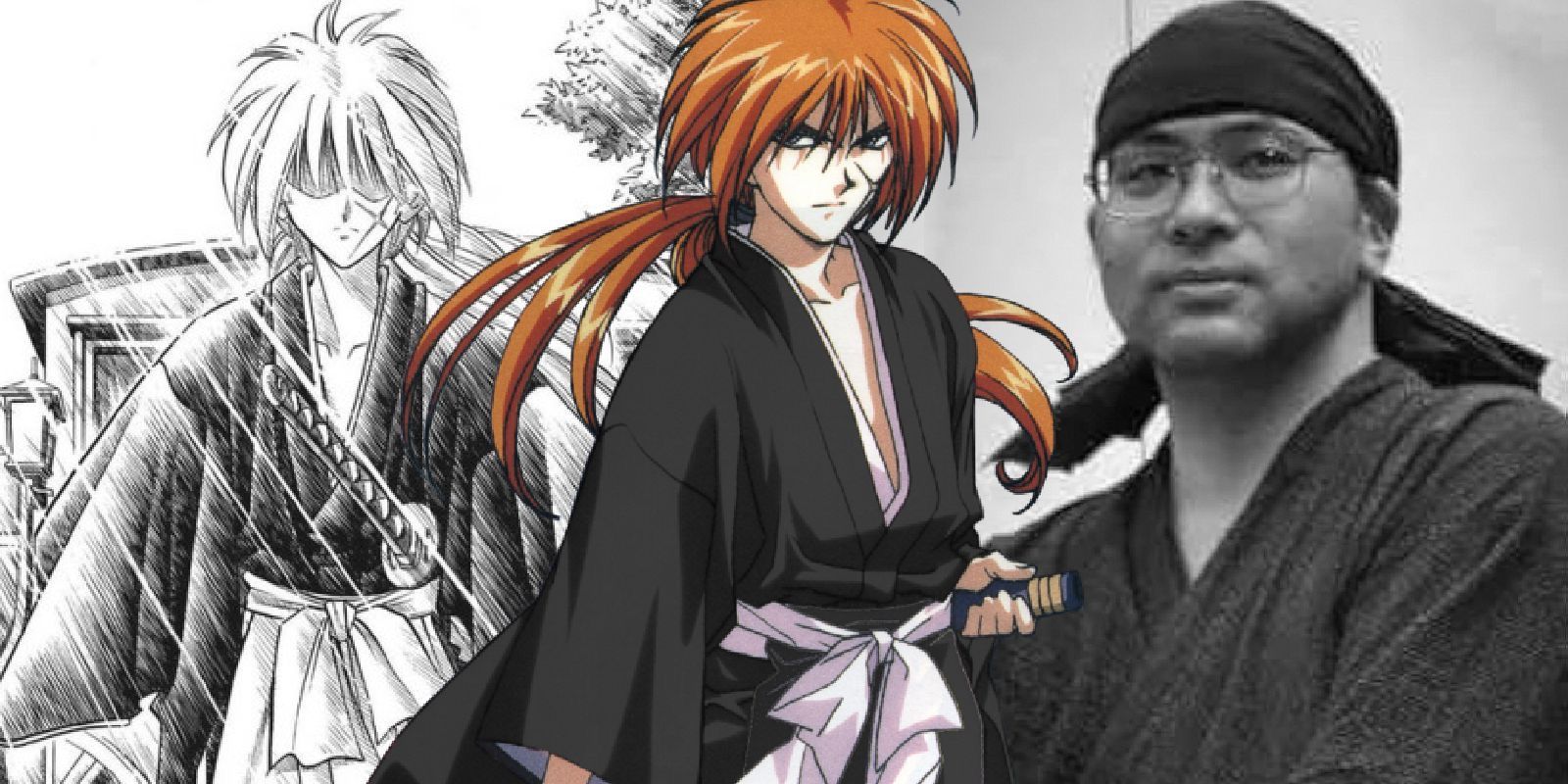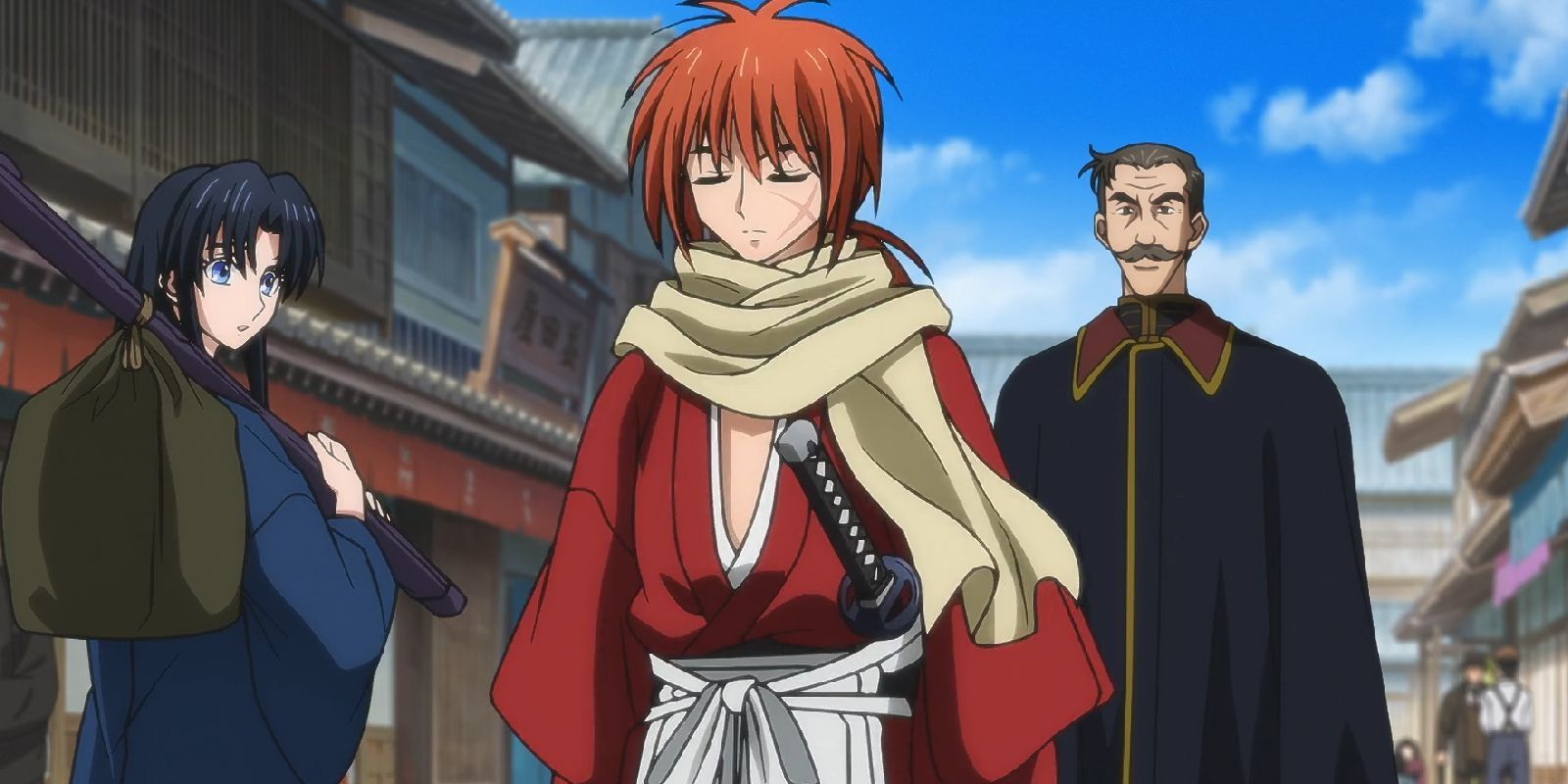Summary
- The controversy surrounding Nobuhiro Watsuki’s personal actions has raised questions about whether fans can separate the art from the artist.
- Artists’ personal lives can influence how fans view their work, even if there are no criminal convictions involved.
- While it is possible for fans to still appreciate the art of
Rurouni Kenshin
, the artist’s actions may taint their perception of the series.
The question of whether fans can separate the art from the artist is not a new one, though new cases that revitalize this issue seem to arise endlessly. One of the latest cases to raise this question is that of Nobuhiro Watsuki, creator of the 1994 classic manga and anime series Rurouni Kenshin.
Fans of the hit series around the world were disappointed to learn of Watsuki’s deplorable actions outside the realm of his art, raising the question within fan’s minds of whether separating the art from the artist is even possible. With Rurouni Kenshin recently getting a brand-new anime adaptation in 2023, the problem once again rears its ugly head: can fans of this iconic and influential anime series still find a way to enjoy it, or has the situation surrounding its creator completely tarnished the series forever?
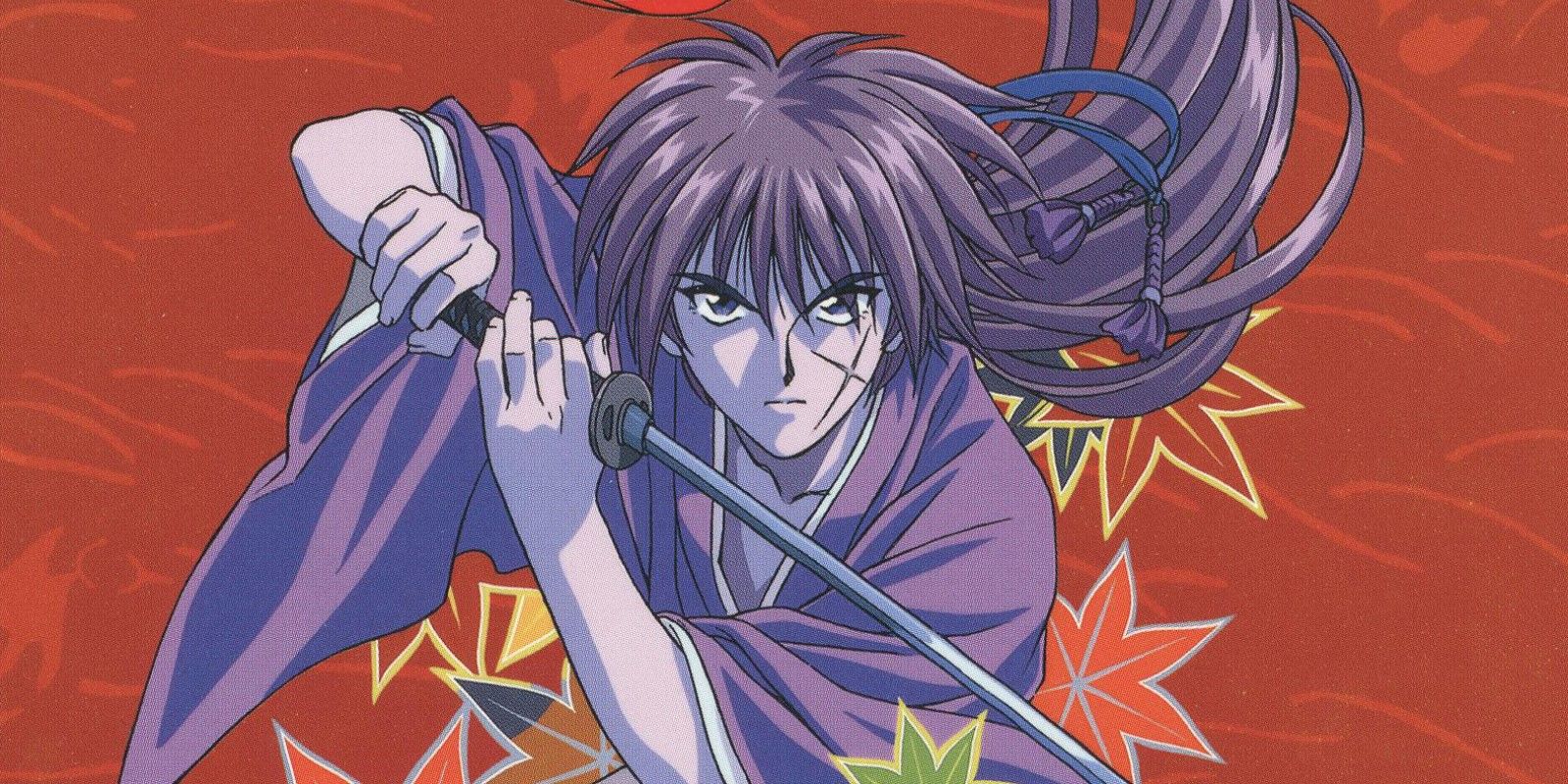
Why Rurouni Kenshin Creator Nobuhiro Watsuki Is Controversial
Fans went from hyped for the return of Rurouni Kenshin to disgusted after information surfaced about the series creator and changed everyone’s mind.
Nobuhiro Watsuki and The Question of Separating the Art From The Artist
In 2017, Nobuhiro Watsuki’s home was raided by police who discovered hundreds of DVDs containing pornographic material depicting minors. Watsuki received what was essentially a slap on the wrist: a fine equivalent to $1500 USD, and shortly thereafter went back to work on the latest arc of the Rurouni Kenshin manga. While little can be done about the results of his court case, that won’t ultimately stop fans from having a bad taste in their mouth when thinking about a series that may have once even been their favorite.
This type of situation isn’t just restricted to Rurouni Kenshin or anime, though. A notable example in the music industry was R. Kelly, who was convicted and sentenced to jail time by the end of his highly publicized criminal case. Unlike Nobuhiro Watsuki, R. Kelly’s art has fallen out of favor commercially, with his music having been removed from major streaming platforms. The obvious difference between these two cases is the country in which they’ve occurred, and the different ways each region tends to treat these kinds of crimes. Even without involving a criminal case or conviction though, an artist’s endeavors beyond their art can still influence fan outlook on their work.
Another compelling example of this kind of situation involved Justin Roiland, co-creator of the immensely popular Rick and Morty series. Roiland was subject to domestic violence allegations which resulted in his being removed as the voice actor from the show he helped create, despite the fact that his charges were later dropped due to lack of evidence. Even the author of the iconic youth book series Harry Potter, J.K. Rowling, was not above controversy when her anti-trans sentiments on social media pushed the boundaries of fan faith in the person behind the work they grew up loving. In these cases, it can be difficult for fans to look at an artwork the same without associating it with the personal life of the individual who created it, even if there is no real crime involved.
For some of these artists, it would be naive to assume that everyone could just forget about their art or ignore their contribution to their field. J.K. Rowling’s books have had a profound impact on many people’s lives, despite the disillusionment toward her as a person due to the ideas she shares outside her novels. Nevertheless, the conversation still needs to be had when an individual is wrong or has gone too far, as the question of separating the art from the artist is clearly about more than just the severity of a crime committed. Instead, it may have more to do with how audiences view that piece of art as connected to the artist, or even with the specific piece of art itself and its cultural standing.

Why Harry Potter Has Been Banned in the US
Plenty of books have been banned in the US for a variety of reasons, but those seeking to ban Harry Potter often share the same objection.
How An Artist’s Life Informs Their Art
Viewers don’t always take into consideration the artist when viewing a piece of art. In fact, it’s often the case that most people will simply consume a piece of media or appreciate art for what it is on its own, only to learn about the artist later on after the art has already done its job. However, when analyzing the artwork further, there will always be a point where the artist comes into play. Upon that deeper investigation, it becomes apparent that any piece of art contains a piece of the artist within it because no form of expression occurs within a vacuum. That being the case, fans will ultimately be faced with the harsh reality that both the good and the bad aspects of Nobuhiro Watsuki and his life must in some way be present within Rurouni Kenshin, even if only done subconsciously in a way that the average viewer would never recognize on a casual viewing.
Despite how deeply personal art can be, once created, art can be seen as separated from the artist because the art has already been created and is therefore unchanging, whereas a person (such as the artist) can always have the capacity for change. Therefore, it is possible for Rurouni Kenshin to be impactful and important for its time and to still be effective as an art piece—even if its mangaka has gone down the wrong path. In situations such as these, whether the story carries within it the kinds of unsavory ideologies that could lead a person to commit the very acts that the artist himself has committed will always be a subject of inquiry, especially when it is a series created for a younger demographic. While it may be possible for an artist to create an idealized image that they could never personally live up to, the outside context surrounding the creator can still taint the work even if the art itself was somehow entirely pure.
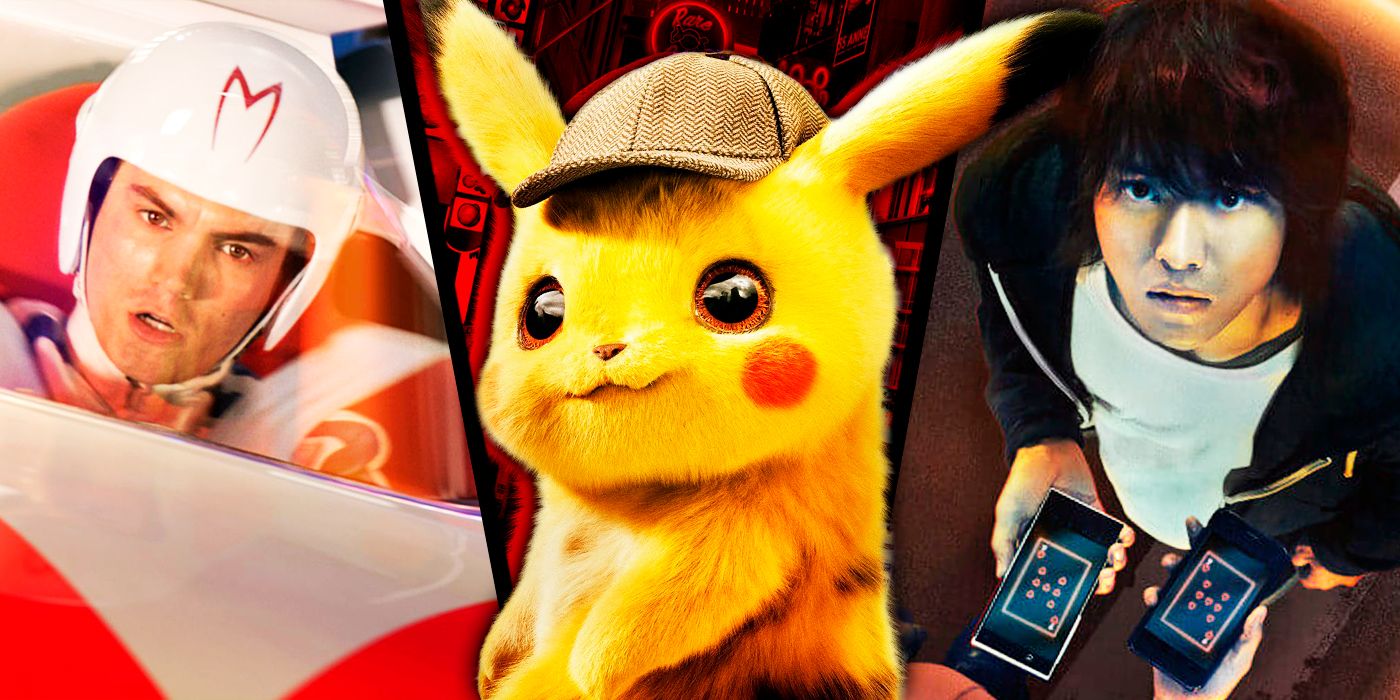
20 Best Live-Action Anime Adaptations
Some anime live-action adaptations, like Alice In Borderland and One Piece, prove the skeptics wrong by doing justice to the source material.
Can and Should Rurouni Kenshin Fans Still Appreciate Nobuhiro Watsuki’s Work?
Any person who commits an act of harm or a heinous crime should have to face up and answer for their action—that much is not debated. After that, though, it will be entirely up to the viewer whether they can choose to enjoy a piece of art like Rurouni Kenshin for what it is, or if they simply can’t bring themselves to look at the work the same. Once a piece of art—manga otherwise—is created, it exists as its own entity separate from the creator, for better or worse. Some of the most transformative pieces of art come from the most deplorable individuals, but how any art piece impacts each person will always be different for everyone.
One of the main functions of art is that it should be fundamentally separated from the artist by default. In a truly great art piece, the artist is no longer present, because the art entirely takes over the audience’s attention and absorbs them into its world. If the artist is ever-present in the background, the art has already failed to be what it was trying to be all along. Whether on purpose or accident, for an artist to take the audience’s attention away from their work with their own outside misbehavior is to damage their own work in the process. For any artist, after creating a great work, the only job left for them to do is stay out if the audience’s way. If that can’t happen, it is entirely up to the audience whether they can still appreciate the art with the knowledge of the artist in the back of their minds, or whether the artist has taken up too much space in the background for the art to ever be appreciated for its own merits again.
It’s often been said that art initiates life, but it can also be the case that life imitates art as well. Rurouni Kenshin tells the story of a wandering samurai who vows to never kill again, instead using his sword to protect the weak in order to atone for the countless killings he committed during the Bakumatsu. This story of a person dedicating their life to doing right after living a life of sin seems to hit a lot closer to home for Watsuki now than anyone previously realized. Hopefully, Watsuki can take some advice from his own character and dedicate himself to helping others, even if it could never make up for how many people he has hurt.


